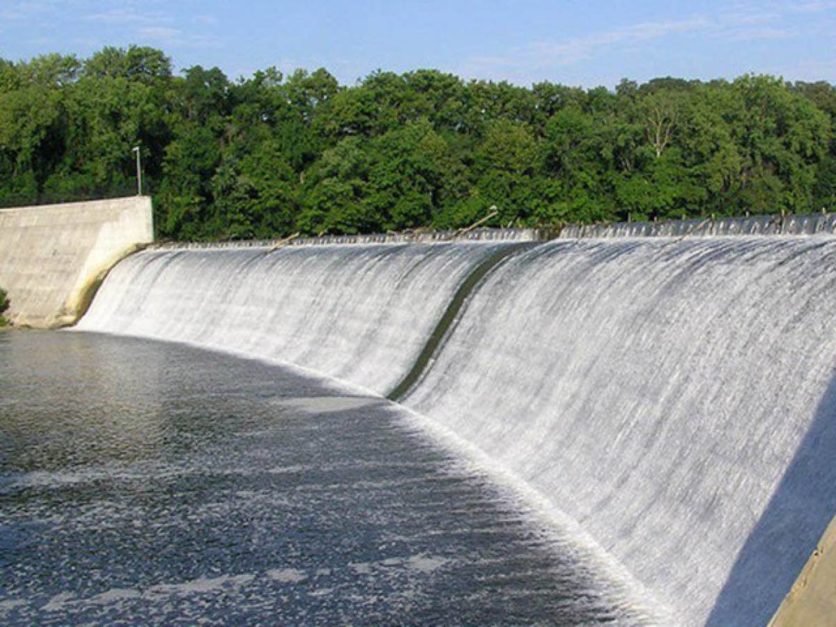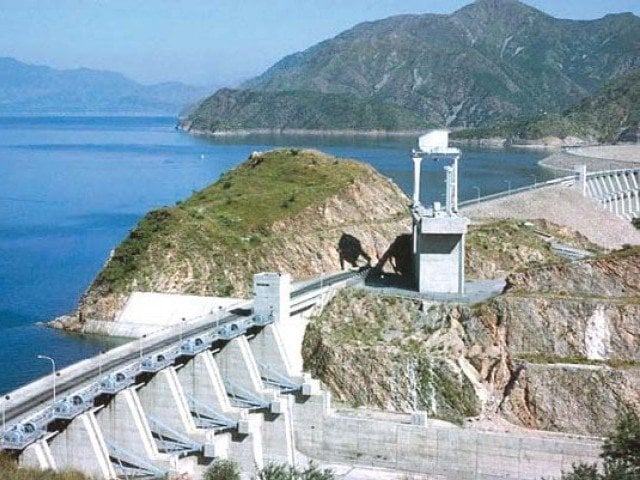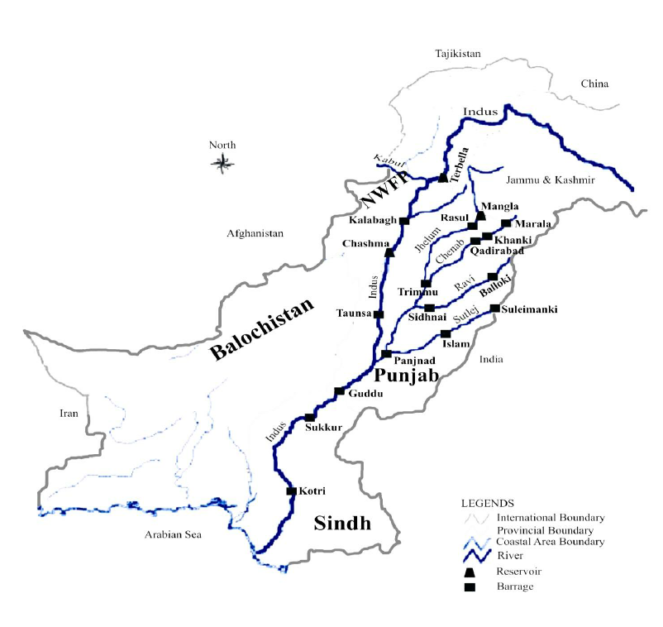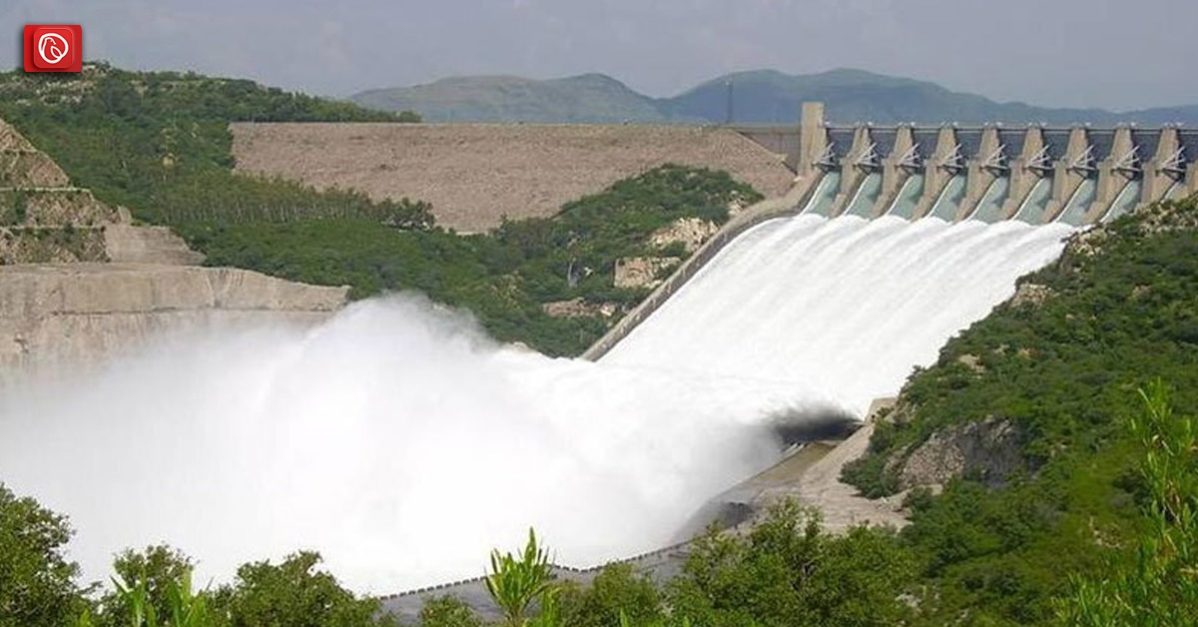The Kalabagh Dam, first proposed in the 1980s, is a hydroelectric dam project that has been the subject of much controversy in Pakistan for several decades. If built, it would be located on the Indus River in Punjab, Pakistan. In this blog, Graana.com takes a detailed look at the project below, including its potential benefits and drawbacks.
Background and History
The idea for the Kalabagh Dam project came about as a way to address Pakistan’s chronic energy shortage and water scarcity. It was designed with the purpose of generating hydroelectric power and supplying water for irrigation in the arid regions of Punjab and Sindh.
Over the years, numerous feasibility studies were conducted to evaluate the potential advantages and disadvantages of the project. They examined various aspects, including its technical feasibility, economic viability, and environmental impact. However, due to political and social opposition, the project was delayed, and no progress was made for several years.
Political Controversies and Opposition

One of the main reasons why the project has faced opposition is its political implications. The dam is located in Punjab, which has led to opposition from politicians and communities in other provinces who feel that their regions are being neglected.
Environmental Concerns
Another reason for opposition is its potential environmental impact. The dam would disrupt the natural flow of the Indus River, leading to significant changes in the ecosystem. The project would also require the relocation of tens of thousands of people who live in the surrounding areas.
Environmentalists have raised concerns about the potential damage to the river’s ecosystem, including the loss of biodiversity and the risk of flooding downstream. There are also concerns about the long-term sustainability of the project.
Recent Developments and Future Outlook
Despite the controversy and opposition, there have been recent developments in the Kalabagh Dam project. In 2020, the government of Pakistan announced that it was considering the construction of the dam as part of its long-term energy and water security plans.
However, it still remains a subject of debate and controversy, and its future remains uncertain. There is a need for a comprehensive assessment of the project’s impact on the environment, the economy, and the people who live in the surrounding areas. Only then can a sustainable and viable solution be found to address Pakistan’s energy and water needs.
Benefits of Kalabagh Dam

Energy Security
One of the main benefits of the project is its potential to address Pakistan’s chronic energy shortage. The dam would have a total installed capacity of 3,600 megawatts, making it one of the largest hydroelectric power plants in the country. The project could generate over 16 billion kilowatt-hours of electricity per year, which is enough to meet the energy needs of millions of households and industries.
Water Management and Irrigation
The dam could also help address Pakistan’s water scarcity issue and improve water management. It would provide water for irrigation in the arid regions of Punjab and Sindh, where agriculture is the main source of livelihood. The project could also help regulate the flow of the Indus River, reducing the risk of floods and droughts in the downstream areas.
Economic Development
The dam could create thousands of jobs, both during the construction phase and in the long term. The availability of reliable electricity and water could also attract new industries to the region, boosting economic growth and development.
Environmental Benefits
Despite concerns about the potential environmental impact of the project, there are also prospective environmental benefits. The dam could help regulate the flow of the Indus River, reducing the risk of floods and droughts, and could also provide a source of renewable energy, reducing Pakistan’s dependence on fossil fuels.
Tourism and Recreation
The construction of the dam could create new opportunities for boating, fishing, and other such activities, attracting tourists to the region.
Drawbacks & Controversies

Displacement of Local Communities
The construction of the dam would require the relocation of tens of thousands of people, many of whom have lived in the area for generations. In addition the process could be disruptive and traumatic, leading to social and economic dislocation.
Environmental Concerns
The dam could bring about significant changes in the natural flow of the Indus River, which could disrupt the ecosystem and cause the loss of biodiversity. It could also lead to the loss of habitats and arable land, leading to further environmental degradation.
Political Controversies
Kalabagh Dam has been a subject of political controversy in Pakistan, with different political parties taking opposing positions on the issue. The project has been viewed by some as a way for Punjab to assert its dominance over other provinces, leading to opposition from politicians and communities in other regions. Also, the controversy has led to a stalemate, with no progress made towards the construction of the dam.
Security Concerns
The project could also pose security concerns. Moreover, there are also concerns about the potential impact of the project on the water supply of neighbouring countries, particularly India, which has expressed opposition to the project.
Financial and Economic Viability
The project would require a large investment of funds, and there are concerns about whether its benefits would outweigh the costs. The long-term sustainability of the project is also in question, particularly given the potential impact of climate change on the region.
Furthermore, the authorities plan to construct the dam on the Indus River, approximately 110 km downstream of Besham in Khyber Pakhtunkhwa.
The reservoir capacity of the dam would be 6.1 million acre-feet (MAF), and it would serve the purposes of irrigation and power generation. The dam has the potential to generate over 16 billion kilowatt-hours of electricity per year.
It has the potential to address Pakistan’s chronic energy shortage, which has led to prolonged power outages and has hampered economic growth and development. Moreover, the project would provide a reliable source of electricity, reducing Pakistan’s dependence on imported oil and gas. It would also provide water for irrigation in the arid regions of Punjab and Sindh, where agriculture is the main source of livelihood.
For more information, visit Graana.com.




